Beauty
One of the most interesting thought experiments one can do is exploring the history of aesthetics.
Human aesthetics change over time in ways that reflect progress.
How did people get bored of Greek tragedy? Why did chubby people become unattractive, when did people start liking squares on a canvas?
There was a moment when Dante’s books were considered good. When realistic paintings like Church’s Niagara were the pinnacle of art.
Looking at the history of aesthetics is spying on the slow movement of human desires.
Most movements are slow, but sometimes we take a leap. These leaps are the most interesting moments we can observe.
Illuminism came slowly over a thousand years.
The French revolution is a leap that took a couple of years.
Impressionism took some years too.
Berlin wall fall was one day.
Why does this happen?
It depends. Every movement is caused by many different things that change at the same time.
Kate Moss
In the beginning on the 90s beauty standards were quite basic.
Models were always in the same poses and in the same kind of photos. Same face, perfect teeth, same haircuts, same make up, same bodies.
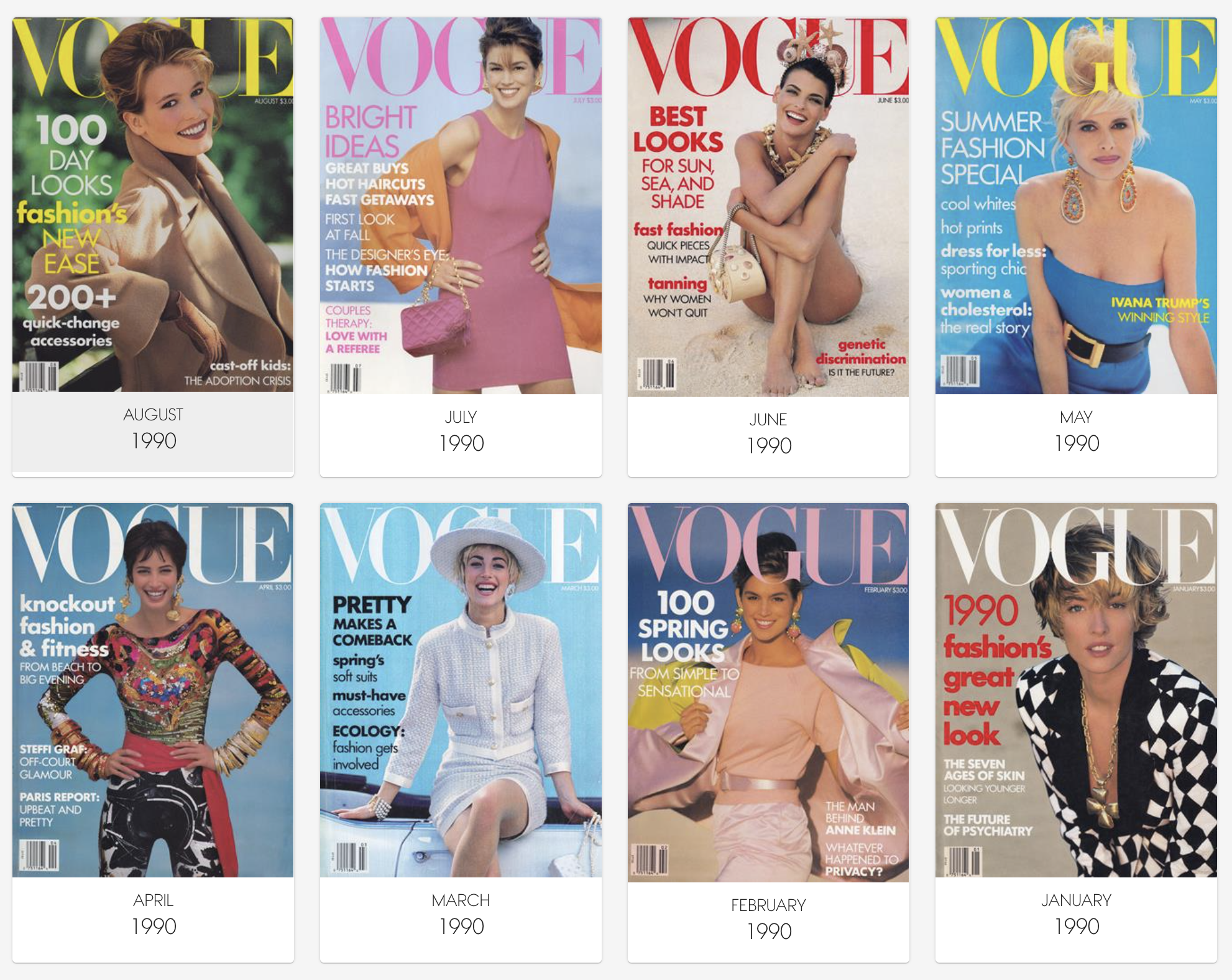
Lighting in all photos is used to enhance the subject’s beauty.
Most importantly they all represented this same idea of glamour.
In June 1990, a hip magazine from the UK called “The Face”, published this cover of a 16 year old Kate Moss:
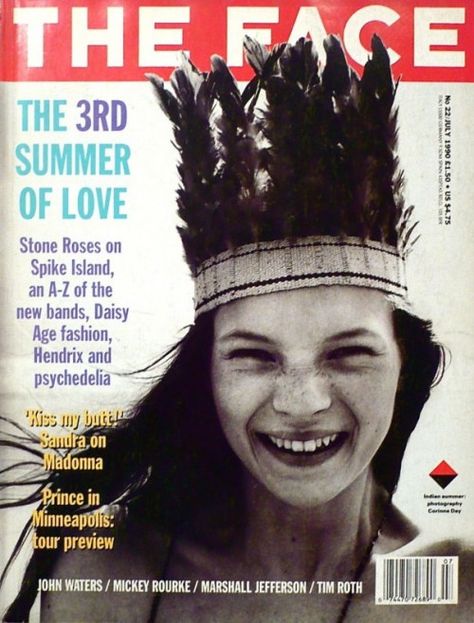
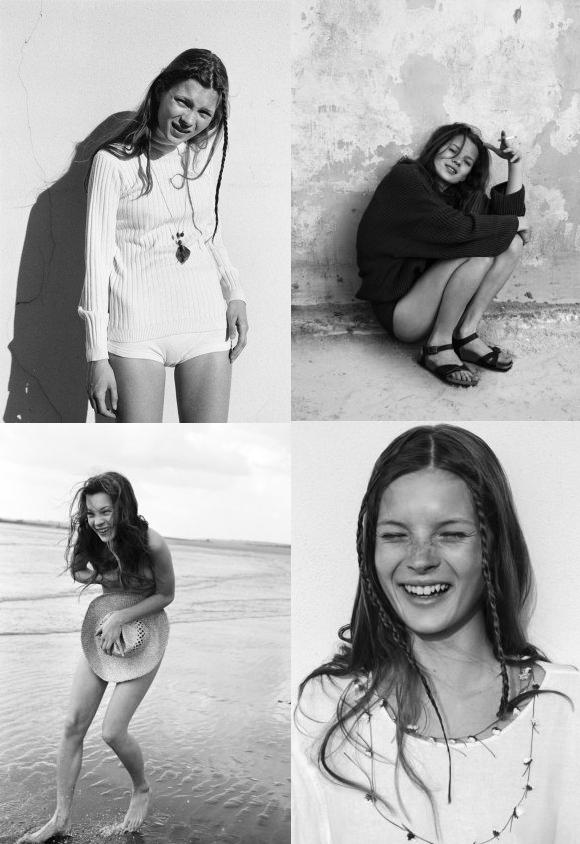
This is a skinny girl, but not in a glamourous way.
Struggling to keep her eyes open, fighting with the light.
With messy hair, crooked teeth, no makeup and a childish aura.
This is the illogical next step.
This is not something you should look with the eyes of someone that has spent 10 years on Instagram and Tumblr.
You should look at this with the eyes of someone that had seen 10 years of Ivana Trump.
Within 3 years, the Kate Moss you see on “The Face” was polished to became the mainstream aesthetic.
British Vogue put her on their cover in March of 1993
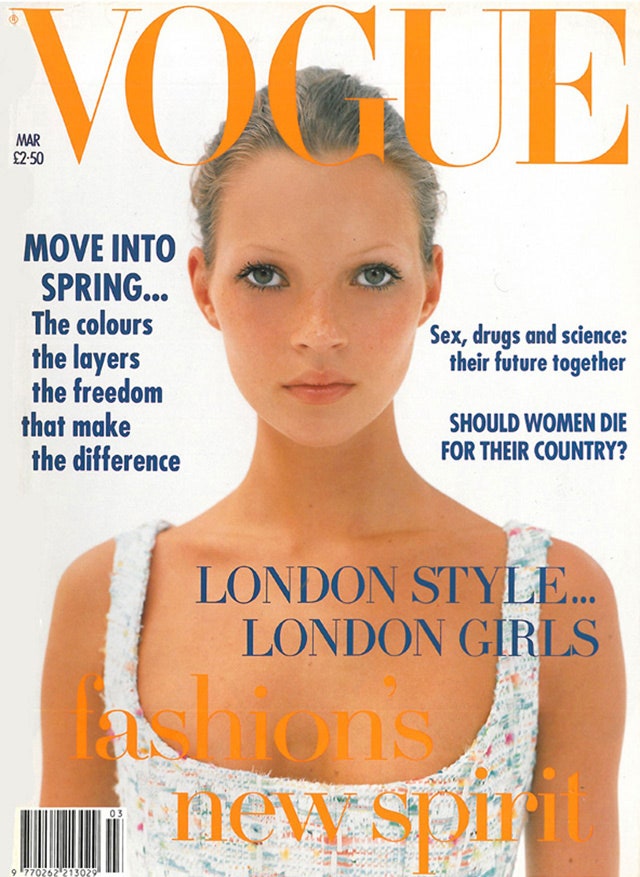
And inside that edition of the magazine you can see her, freezing, standing next to a radiator.
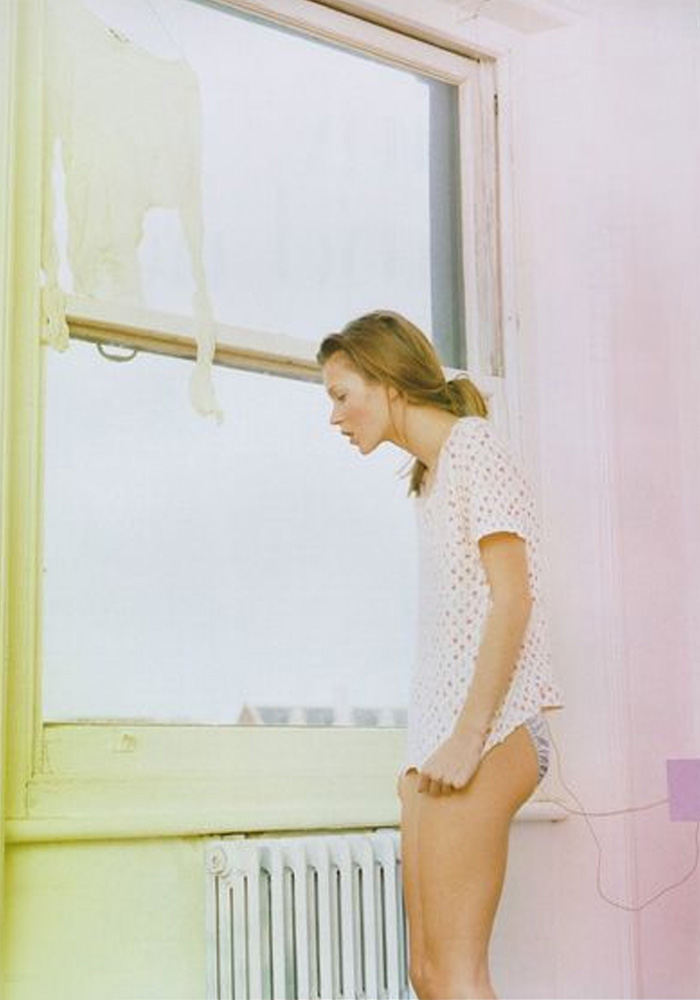
I like thinking that Kate Moss in 3 years shifted the mainstream idea of beauty to our current aesthetic.
Moving mainstream aesthetics from 6trophy wives to broke students in a room with no heating is fucking cool.
Maria Callas
Maria Callas was an American-born Greek soprano.
She was educated in Greece and had some experience singing in American theatres.
As an opera singer normal career path she had to gain approval in the Italian scene to get recognition. So she came to Italy.
The Teatro alla Scala in Milan is the Santiago Bernabeu of classical music
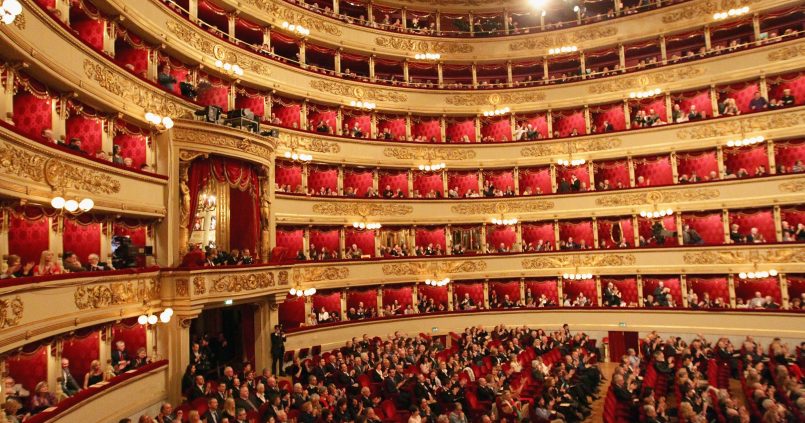
At the time the star at the Scala was Renata Tebaldi, an Italian soprano, extremely technical and perfect by traditional standards.
When you hear Renata Tebaldi singing, you can tell she’s always in control of her voice, she’s the Barbie of opera singing.
Maria Callas instead is a bit of the opposite. Her voice is full of energy, but it’s almost like she can’t hold it in.
So when Maria Callas arrived to the Scala people went crazy. Opera nuts are still fighting over who’s better between Maria Callas and Renata Tebaldi.
Here’s a side by side comparison:
Maria Callas broke the aesthetic bringing chaotic passion and emotions.
If you aren’t convinced here’s her version of Amami Alfredo - from Verdi’s Traviata
Disruption
Once something is replicated or executed perfectly the only way to move forward is through disruption.
Breakthroughs can only happen in an illogical ways in an illogical directions.
Iterative progress is about repetition, mastering a skill endlessly until you get it perfect.
Ivanka Trump and Renata Tebaldi are the perfection of a certain aesthetic.
Kate Moss and Maria Callas are the breakthroughs.
Disruption happens everywhere and all of the time, you just have to look for it.
A more recent example of pop culture breakthrough is XXXTentacion’s Look At Me hitting the charts in 2017
A home made distorted, badly mastered song in 2017 charts was the illogical next step.
Progress
Aesthetics and human progress move in similar ways.
To move things forward in the world we have to be on the look for the next breakthrough.
There is no systematic way of coming up with one.
The best chance we have is staying curious, exploring sudden and weird changes across the world, in our history and in every field.
Then trying to come up with our own.